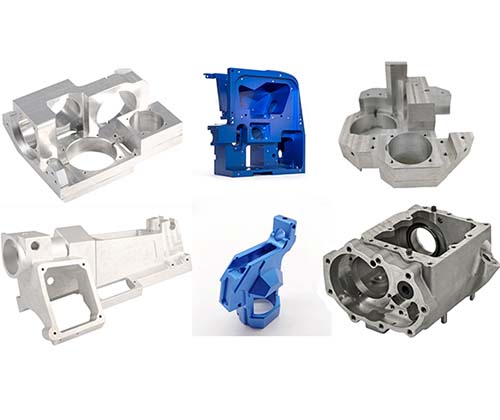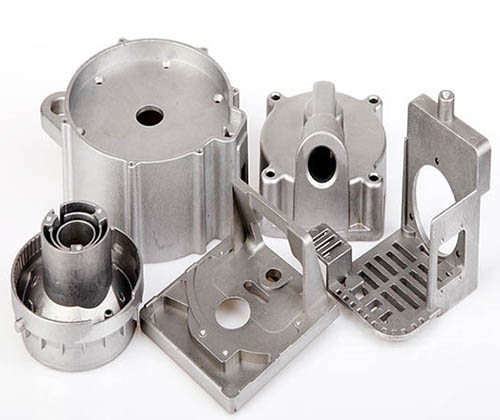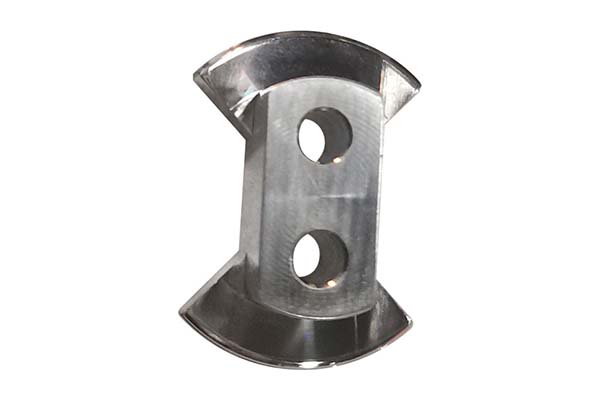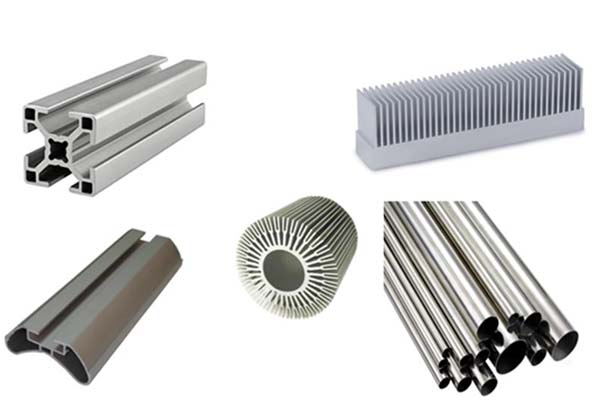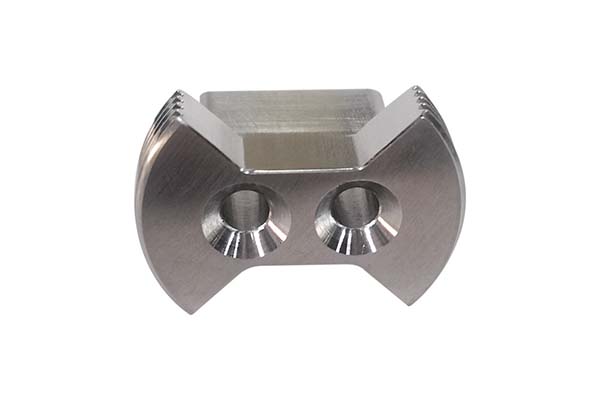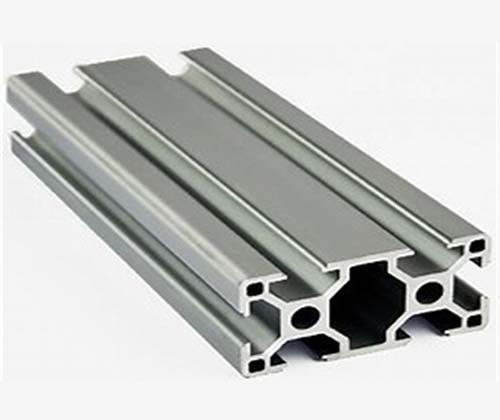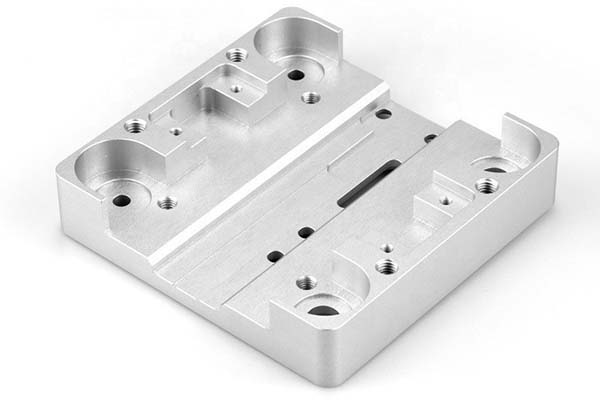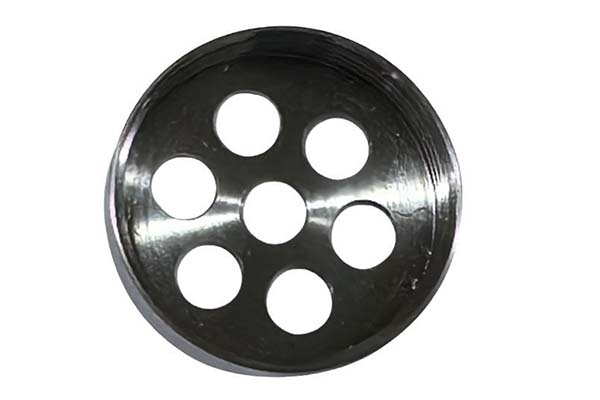You’ve turned to magnesium alloys for their unrivaled strength-to-weight ratio, expecting parts that slash weight without sacrificing durability for aerospace components and electric vehicles. But your production is hitting roadblocks: the molten metal reacts violently with air, leaving automotive parts with porous surfaces. Some castings corrode rapidly in humidity tests, while others have inconsistent tensile strength—failing under loads that should be manageable. Maybe the die wears out quickly, or the cycle time is longer than with aluminum, cutting into efficiency. Worse, your “lightweight” parts have rough finishes that require expensive polishing, undermining magnesium’s promise of combining performance and aesthetics.
Magnesium alloys are the lightest structural metals used in die casting, offering a density of just 1.7-1.8 g/cm³—35% lighter than aluminum. Their unique alloying elements (aluminum, zinc, manganese) deliver a rare blend of strength, casting fluidity, and machinability, making them ideal for weight-critical applications. But unlocking their potential requires mastering the die casting process, from inert gas protection to post-treatment. In this guide, we’ll explore die casting magnesium alloys, helping you leverage their unique properties to create ultra-light, high-performance parts.
Material Properties: The Unique Advantages of Magnesium Alloys
Magnesium alloys’ popularity stems from their exceptional material properties—a synergy of light weight, strength, and castability that sets them apart:
- Mechanical performance: Magnesium alloys offer impressive strength for their weight. The AZ91D series (the most common die casting alloy) delivers a tensile strength of 230-260 MPa, yield strength of 150-170 MPa, and elongation of 3-5%—sufficient for transmission housings and structural brackets. The AM60B series, with more manganese, offers better ductility (elongation of 10-12%) for parts needing to absorb impact, like automotive door beams. Their hardness (60-70 HB) is lower than aluminum but sufficient for non-wear-intensive applications, while their specific gravity (1.74) keeps parts ultra-light—critical for electric vehicle range and aircraft fuel efficiency.
- Corrosion resistance and structure: Magnesium’s natural reactivity means corrosion resistance depends heavily on alloy composition. AZ91D’s 9% aluminum content forms a protective oxide layer, resisting mild humidity, but it still needs coatings for marine or industrial environments. AM50A, with more manganese, offers better corrosion resistance by reducing impurity-induced galvanic reactions. Their grain structure, refined by rapid cooling in die casting, minimizes porosity when processed correctly. Unlike aluminum, magnesium’s hexagonal crystal structure gives it directional properties—parts are stronger along the casting flow direction, a factor in die design.
- Casting fluidity and conductivity: Magnesium alloys have excellent casting fluidity—superior to aluminum in thin sections—thanks to their low viscosity when molten. They fill walls as thin as 0.5 mm, capturing fine details for electrical housings and decorative items. Their thermal conductivity (70-90 W/m·K) is lower than aluminum but sufficient for heat-dissipating parts like LED heat sinks. Electrical conductivity (20-25% IACS) works for low-current electrical connectors, while biocompatibility (in select alloys like WE43) makes them suitable for medical devices like orthopedic implants.
Die Casting Process: Overcoming Magnesium’s Challenges
Magnesium’s reactivity demands specialized die casting process controls to ensure quality and safety:
- Protective measures and parameters: Magnesium’s tendency to oxidize (and even ignite) in air requires inert gas protection—typically 99.9% argon or sulfur hexafluoride (SF₆) mixtures—to shield molten metal. Most magnesium alloys use hot-chamber die casting (faster than cold-chamber) with injection speed of 3-5 m/s and injection pressure of 30-60 MPa—lower than aluminum, reducing die wear. The die (H13 tool steel with nitride coatings) is preheated to 150-200°C to prevent cold shuts, with die lubrication (water-based with boron nitride) applied sparingly to avoid contamination.
- Die design and cooling: Magnesium’s low density and rapid solidification require thoughtful die design. Draft angles of 0.5-1° (smaller than aluminum) suffice due to low sticking tendency, preserving part detail. Venting (0.1-0.15 mm gaps) is critical to release trapped gas, as porosity weakens parts and accelerates corrosion. The gating system uses streamlined runners to minimize turbulence, with parting lines positioned to avoid flash that could trap moisture. Cooling rate is controlled via water channels: faster cooling (30-50°C/s) refines grain structure, enhancing strength, while slower cooling reduces internal stress in thick sections.
- Post-casting steps: Magnesium parts require protective post-casting treatment to prevent corrosion. Chromate conversion coatings (yellow or clear) provide basic protection, while powder coating or electroless nickel plating offers enhanced resistance for outdoor use. Shot blasting (80-100 grit) removes surface oxides, but aggressive cleaning is avoided to prevent galvanic corrosion. Quality control includes X-ray inspection for porosity and salt spray testing (24-48 hours for coated parts) to verify corrosion resistance.
Applications: Where Magnesium Alloys Excel
Magnesium alloys’ ultra-light properties make them indispensable in weight-critical applications:
- Aerospace and automotive: Aerospace components (seat frames, instrument panels, structural brackets) use magnesium to reduce aircraft weight—each kilogram saved cuts fuel consumption by 0.05 liters per hour. In automotive, engine components (oil pans, valve covers) and interiors (dashboard frames) leverage its light weight to improve fuel efficiency or electric vehicle range. AZ91D’s strength makes it ideal for transmission housings, while AM60B’s ductility suits crash-absorbing parts.
- Electronics and consumer products: Electrical housings for laptops, tablets, and power tools use magnesium for its light weight and EMI shielding—reducing device weight by 20-30% vs. aluminum. Consumer products like cameras, drones, and lighting fixtures benefit from its ability to form thin, intricate shapes with smooth finishes. Its thermal conductivity also helps dissipate heat in high-performance electronics.
- Medical and industrial: Medical devices (wheelchairs, surgical tools) use magnesium to reduce weight for patient comfort, while biocompatible alloys (WE43) are being tested for biodegradable implants. Industrial equipment (robotic arms, portable tools) leverages its strength-to-weight ratio to improve maneuverability—parts weigh 30-50% less than aluminum equivalents without losing durability.
Performance and Benefits: Why Magnesium Stands Alone
Magnesium alloys offer performance and benefits that make them irreplaceable in weight-critical applications:
- Ultra-light strength: Magnesium’s high-strength-to-weight ratio (230 MPa tensile at 1.7 g/cm³) outperforms aluminum (310 MPa at 2.7 g/cm³) and steel (600 MPa at 7.8 g/cm³). In electric vehicles, this translates to 5-10% longer range; in aerospace, it cuts fuel costs by thousands annually. Its low inertia also improves handling in automotive parts like steering components.
- Castability and efficiency: Magnesium’s excellent casting fluidity allows complex geometries with thin walls, reducing material use and assembly steps. Its fast cycle time (20-40 seconds per part) and long die life (500,000+ cycles with proper maintenance) lower production costs. While raw material costs are higher than aluminum, the weight savings often offset the difference in fuel-sensitive applications.
- Sustainability and recyclability: Magnesium requires 75% less energy to recycle than to produce from ore, aligning with green manufacturing goals. Recycled magnesium retains 95% of its properties, reducing waste. Its light weight also cuts transportation emissions—critical for companies targeting carbon neutrality.
Yigu Technology’s Perspective: Expertise in Magnesium Die Casting
At Yigu Technology, we specialize in magnesium die casting for clients needing ultra-light, high-performance parts. We use SF₆-argon mixtures to prevent oxidation, optimizing injection speed (4-5 m/s) for flawless fills. Our die designs feature precision venting and cooling to minimize porosity, with post-treatment options (chromate coating, powder coating) to enhance corrosion resistance. Whether you need aerospace components, electric vehicle parts, or lightweight electronics, we leverage magnesium’s unique properties to deliver parts that redefine what’s possible in lightweight engineering.
Frequently Asked Questions (FAQ)
- How can I prevent magnesium castings from corroding?
Corrosion stems from exposure to moisture and impurities. Use AZ91D or AM60B alloys (better corrosion resistance than pure magnesium) and apply a chromate conversion coating (0.5-1 μm thick) as a base. For harsh environments, add a powder coat or electroless nickel layer. Avoid contact with dissimilar metals (steel, copper) without insulation, as galvanic reactions accelerate corrosion. Ensure material purity—keep iron below 0.005% to prevent impurity-induced rust.
- Is magnesium die casting more dangerous than aluminum?
Magnesium’s reactivity requires safety measures, but it’s manageable with proper protocols. Use inert gas shielding (argon/SF₆) to prevent oxidation and fire. Keep molten metal away from water (which causes explosions) and have Class D fire extinguishers (graphite-based) on hand. With trained operators and proper equipment, magnesium die casting is as safe as aluminum—many facilities run both processes side by side.
- When should I choose magnesium over aluminum?
Magnesium is ideal when weight reduction is critical (aerospace, EVs) or when complex geometries with thin walls are needed. Choose it over aluminum if the fuel/energy savings from reduced weight exceed the higher material cost. Aluminum remains better for high-heat applications (over 120°C) or when corrosion resistance in harsh environments is paramount without coatings.
